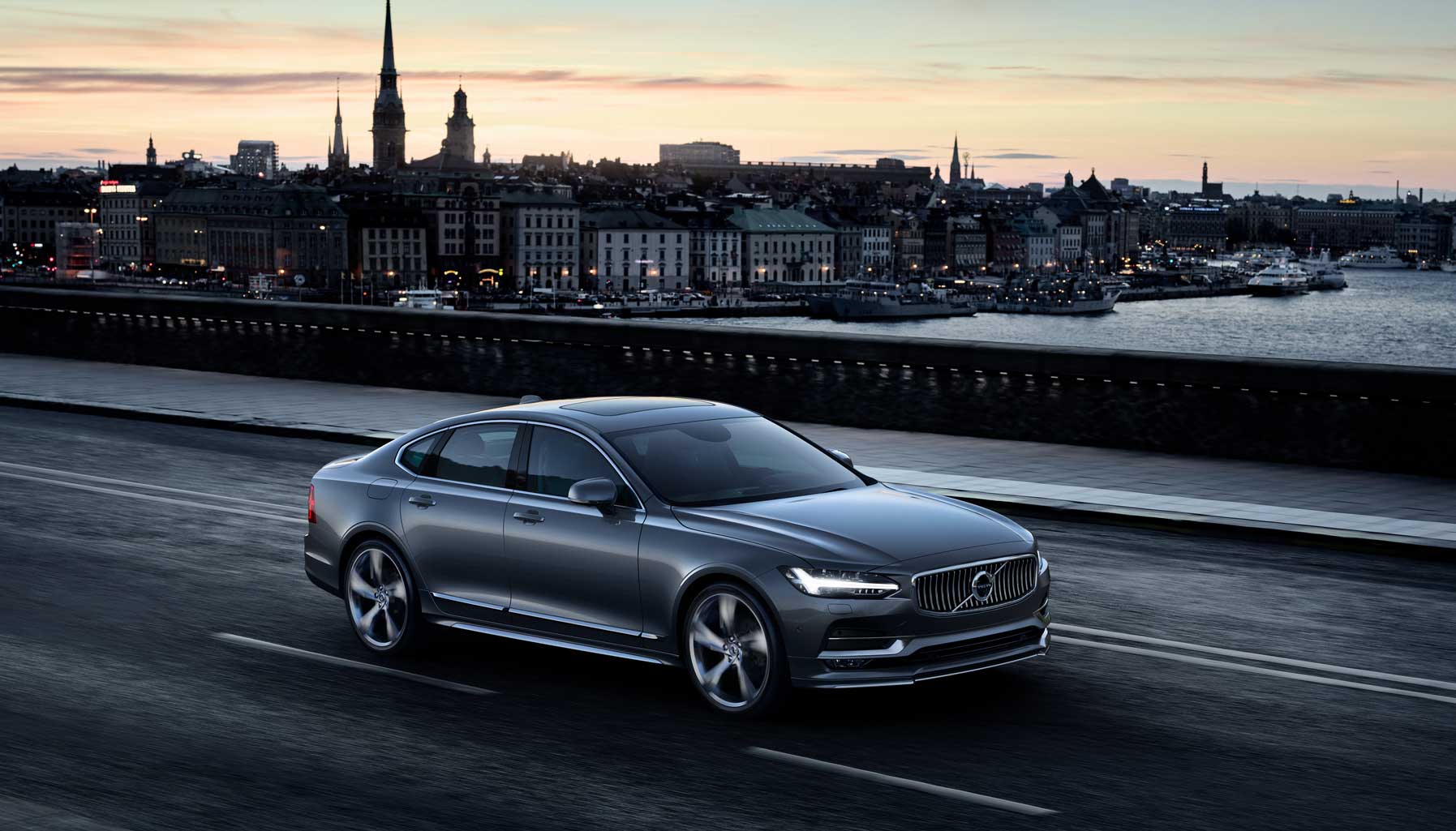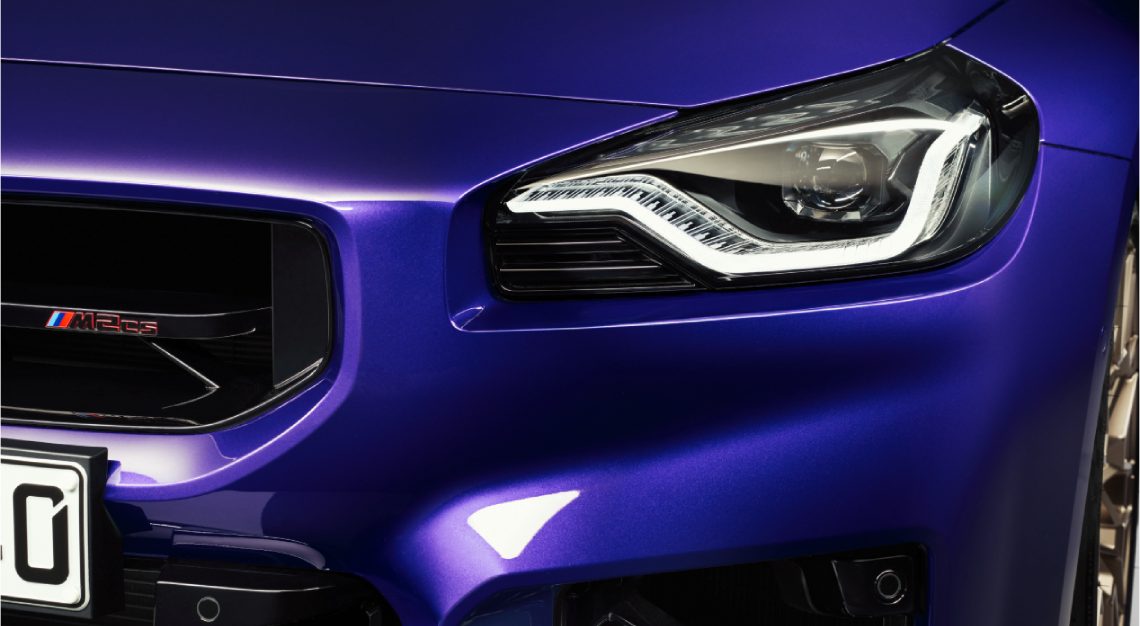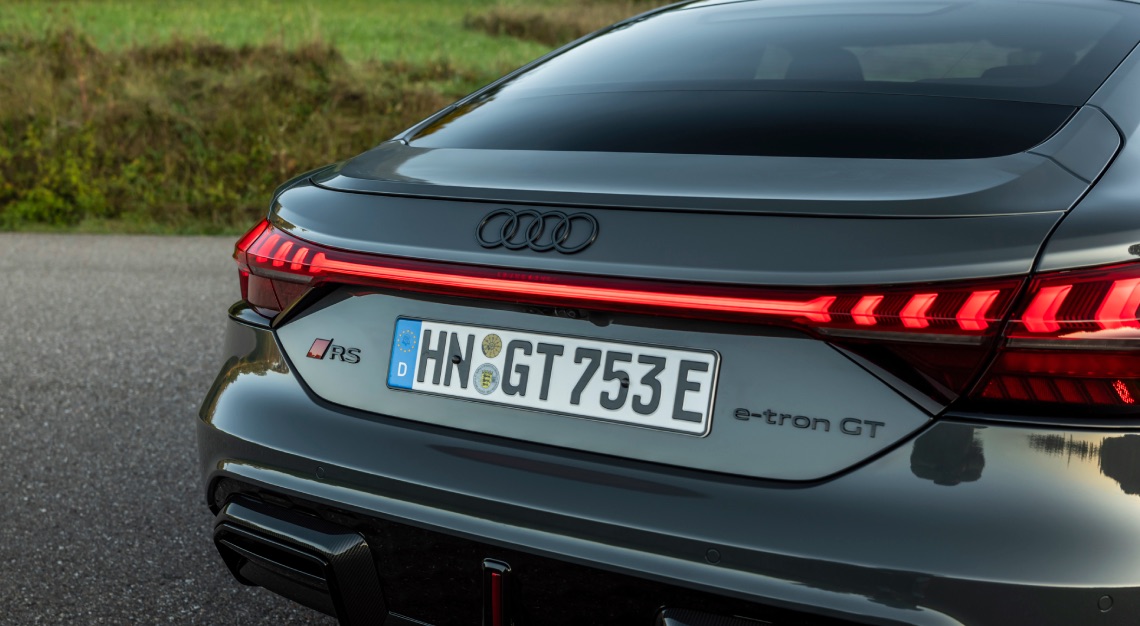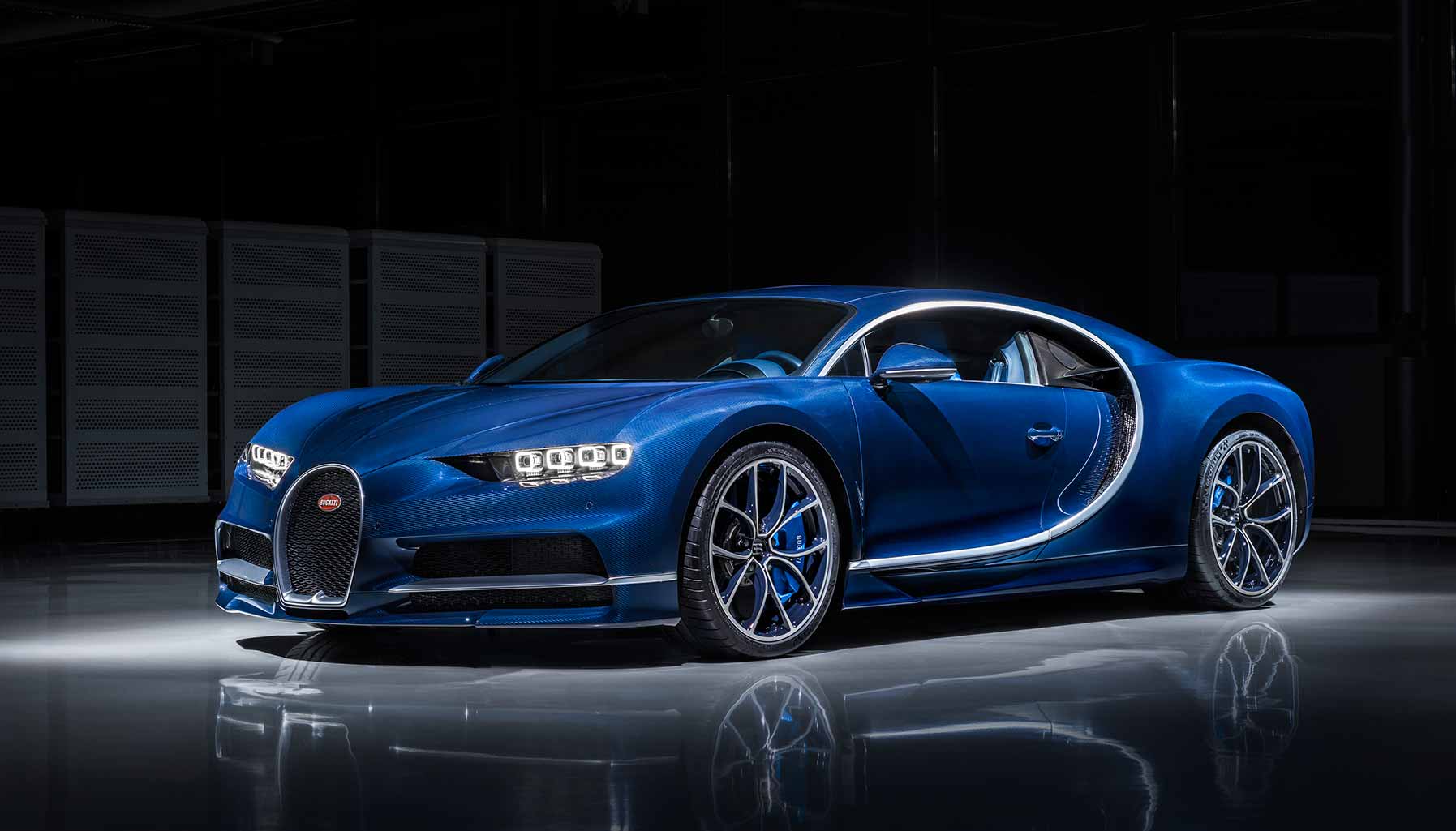Swede Sensation
To say the Volvo S90 is up against stiff competition would be an understatement. It’s going up against such class stalwarts as the Audi A6, BMW 5 Series and Mercedes-Benz E-Class. Volvo’s most recent offering in the segment, the second-generation S80, had neither the panache, the size nor the luxury required to pose a serious threat to the Big Three from Germany. Also not helping its cause is the fact that the S80 was in production for a decade, from 2007 to 2016.
However, to paraphrase Bob Dylan, the times are a-changin’ at Volvo. Volvo’s latest offerings, in the form of the XC90 and S90, are dressed to impress.
They’re free from the brick-on-wheels styling that it suffered from in the 1980s and 1990s, and the deeply wanting chassis/ drivetrains that plagued the brand during the Ford years.
If you needed more evidence Volvo has finally arrived, you’ll only need to glance at its specs sheet. It comes with a laundry list of equipment that no self-respecting luxury saloon would be caught dead without.
Priced at S$260,000, the top-end T6 Inscription variant has an all-LED headlight and tail light array, adaptive air-filled dampers, touchscreen infotainment system, a digital dashboard cluster and adaptive cruise control with autonomous driving capabilities (automatic starting/stopping in city traffic, parking and lane keeping) as standard equipment. It’s certainly impressive, but the S90 isn’t without its flaws. The big Volvo is as quiet, comfortable and solidly built as you’d expect a car of its premium stature should be, thanks largely in part to the ultra-stiff platform it rests on, but body control is wanting, even with the drive mode put in its sportiest setting. This is in stark contrast to the Mercedes-Benz S-Class, which handles with a surprising amount of positivity in spite of its size.
In conjunction with a silky eight-speed automatic gearbox, its two-litre, four-cylinder engine produces 320bhp/400Nm and will get the S90 from rest to 100km/hr in a shade under six seconds, which is well into sporty territory, but it’s well short on charisma. Its lag-eliminating supercharged-turbocharged layout is all well and good, but its transmission is slow on the uptake and the powerplant’s raspy, tractor-esque note makes its presence felt when accelerating with anything but the most gentle of throttle inputs.
Then there is the plethora of active safety features the S90 comes with. Thankfully, I didn’t get a chance to test the collision and accident mitigation systems, but I did mange to use the autonomous driving functions quite a bit in my time with the S90.
Those systems work largely as advertised, faithfully following and stopping behind traffic.
Along with the lane-keeping function that can autonomously apply steering inputs to keep you on the straight and narrow, Volvo promises it’s “another step towards full autonomous drive”. The reality, however, is a little different, because having the adaptive cruise control on makes for extremely jerky progress (surging acceleration, firm braking) and the car-initiated steering inputs can come across as unnerving.

That said, it remains a refreshingly different addition to the segment. And it’s the small things that make the S90 not a cookie-cutter premium saloon. The unvarnished open-pore walnut panelling is gorgeous to look at and to touch, which is a great contrast to the dark, sculpted vinyl upper dashboard fascia.
The S90 has a distinctly Scandinavian vibe to its cockpit. That could be down to the light-coloured leather used in my test car’s upholstery, which gives the cabin a beautiful sense of airiness, or the slim, modern sans-serif typeface used in its digital displays. But more than these tangible elements, there’s a certain Nordic je ne sais quoi about the S90 that none of its Germanic competitors have.
To its credit, Volvo hasn’t tried to copy the Germans, but did its own take on the mid-sized premium saloon.
It may not be perfect, but it certainly is charming, and you know what they say, charm goes a long, long way.







